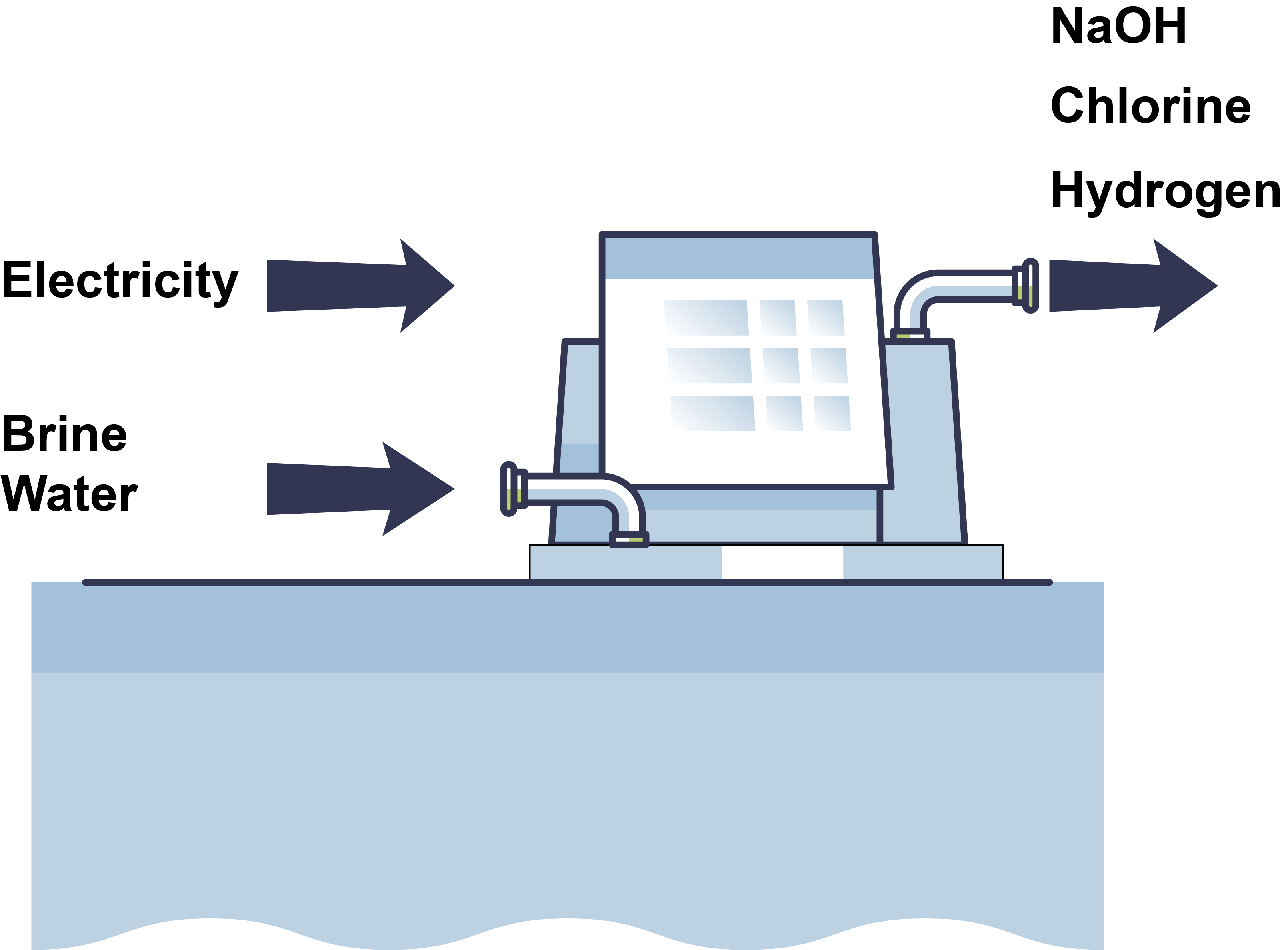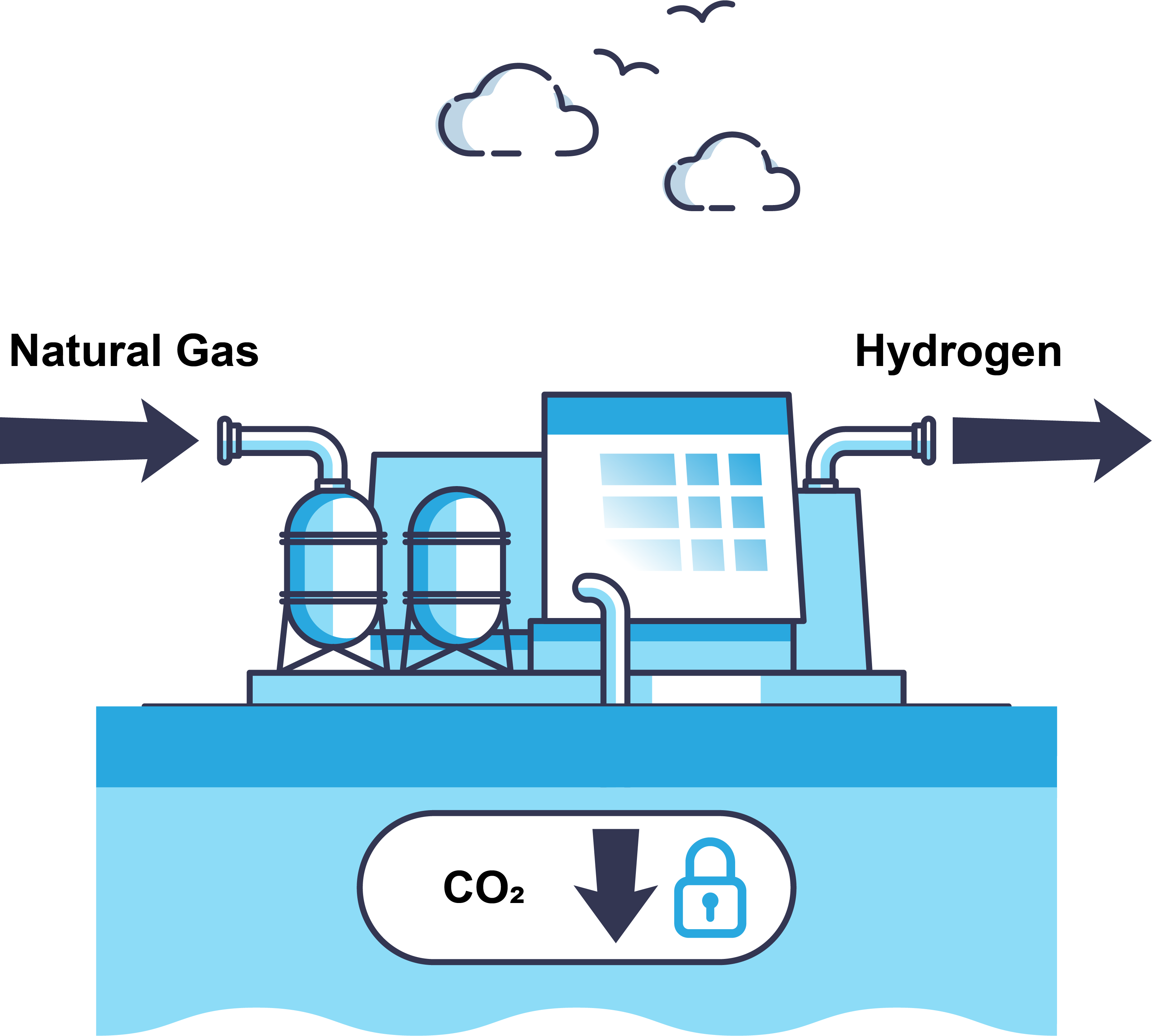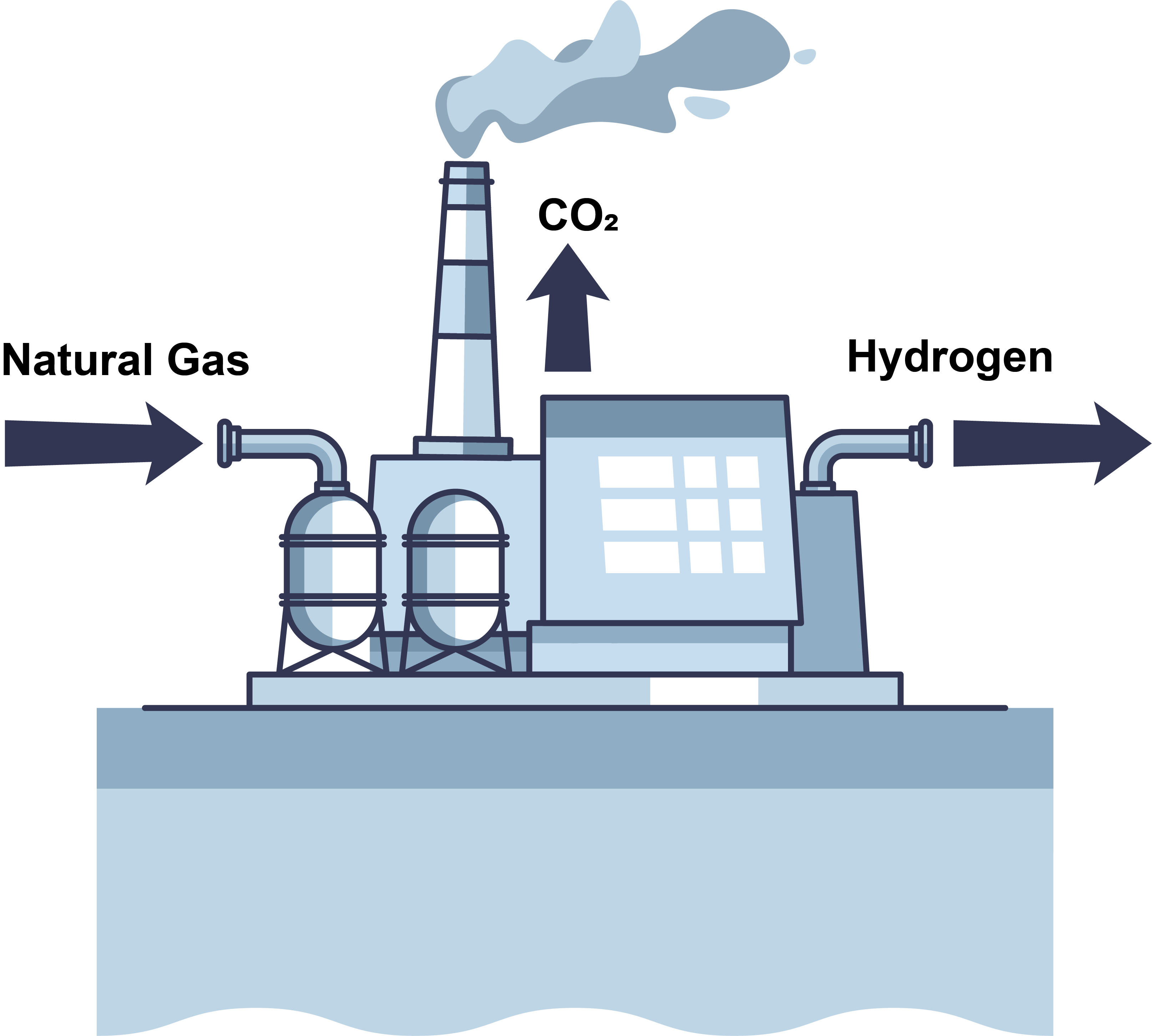Applications


The traditional method to produce hydrogen splits natural gas into carbon dioxide and hydrogen. This process releases large quantities of CO2 into the atmosphere, contributing to climate change.
An alternate method to produce hydrogen is electrolysis, which uses electricity to split water into hydrogen and oxygen. The oxygen can be released harmlessly or captured and sold.
When the electricity used in the electrolysis process is from renewable sources, such as wind, solar, hydroelectric, etc, renewable hydrogen (often called “green” hydrogen) is produced. When the electricity used is instead from the traditional electrical grid, low-carbon hydrogen is produced.
Europe has proposed scaling up renewable hydrogen production to 10 million tonnes by 2030, and other major regions such as North America and Asia have similar ambitious plans to expand renewable hydrogen production to reduce CO2 emissions.

INEOS is well positioned to take a leading role in the emerging low-carbon hydrogen market as it is currently Europe’s largest operator of electrolysis through its INEOS Inovyn business. This electrolysis is the “Chlor-Alkali” electrolysis shown in the image below.
The co-product hydrogen produced from this process is low carbon with a footprint of around 0.55kgCO2eq/ kg H2, when conventional (grid) electricity is used. If renewable electricity is instead used, it is possible to produce renewable hydrogen.

The traditional method to produce hydrogen splits natural gas into carbon dioxide and hydrogen. This method releases CO2 into the atmosphere. Blue hydrogen is produced when the CO2 is captured and stored. This process is known as Carbon Capture and Storage (CCS).
Blue hydrogen will have a pivotal role to play in the transition from fossil-based hydrogen to renewable hydrogen and will contribute to a Net Zero economy.

Fossil-based hydrogen (often also called “grey” hydrogen) refers to that produced via the traditional method i.e. the splitting of natural gas into carbon dioxide and hydrogen. This process releases large quantities of CO2 into the atmosphere, contributing to climate change.
96% of the hydrogen used in Europe is currently produced by the method described.
